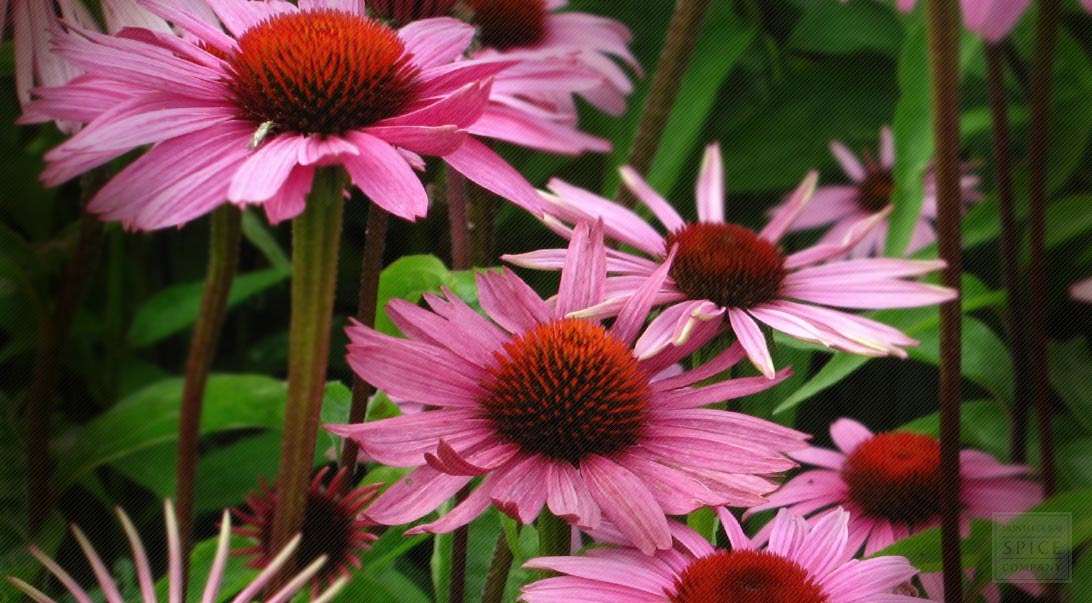What are the Different Kinds Of Echinacea Plant Kingdoms?

Echinacea plants, frequently called coneflowers, are renowned for their vibrant shades and medicinal residential properties. They belong to the Asteraceae family and are native to North America. With their unique flowers and durable nature, echinaceas have actually come to be a staple in yards worldwide. Allow's explore the different types of echinacea plants and their distinct characteristics.
Understanding Echinacea Varieties
Indigenous Echinacea Variety
Native to the United States, three key varieties of echinacea are identified: Echinacea purpurea, Echinacea angustifolia, and Echinacea pallida. These varieties are known for their strength and versatility to different environments and dirt problems.
Grown Echinacea Varieties
Along with the native varieties, various grown ranges have been established by plant dog breeders. These grown echinaceas offer an array of colors, dimensions, and flower kinds, making them popular options for gardeners.
Various Kinds Of Echinacea Plant Kingdoms
Echinacea purpurea
Echinacea purpurea, also referred to as purple coneflower, is probably one of the most popular species. It features big, daisy-like blossoms with noticeable raised facilities. The petals vary in shade from pink to purple, bring in bees, butterflies, and various other pollinators.
Echinacea angustifolia
Echinacea angustifolia, generally described as narrow-leaved coneflower, is distinguished by its slim flowers and cone-shaped centers. This species often tends to have a more delicate appearance contrasted to E. purpurea, with flowers ranging from pale pink to deep purple.
Echinacea pallida
Echinacea pallida, or pale purple coneflower, is defined by its slim, drooping petals and distinct light pink to lavender-colored flowers. It grows in warm locations and well-drained soil, making it a preferred amongst garden enthusiasts.
Hybrid Echinacea Varieties
Echinacea 'Cheyenne Spirit'
' Cheyenne Spirit' is a crossbreed echinacea selection understood for its lively and differed blossom colors. It creates blossoms in tones of red, orange, yellow, purple, and white, including a ruptured of shade to any garden.
Echinacea 'Magnus'.
' Home ' is a popular cultivar treasured for its huge, rosy-purple blossoms and durable stems. It is understood for its integrity and capability to attract pollinators, making it an important enhancement to butterfly gardens.
Echinacea 'White Swan'.
' White Swan' is a crossbreed echinacea variety including stylish white flowers with contrasting golden-yellow facilities. Its excellent blossoms and elegant form make it a flexible option for both official and informal garden setups.
Choosing the Right Echinacea for Your Garden.
When selecting echinacea plants for your garden, think about aspects such as flower color, height, and flower time. Select selections that match your existing landscaping and provide the desired visual appeal.
Caring for Echinacea Plants.
Echinaceas are fairly low-maintenance plants that flourish in full sun and well-drained soil. Give normal watering during completely dry periods and deadhead spent blossoms to encourage continual blooming throughout the period.
Use Echinacea Plants.
Beyond their decorative value, echinaceas have long been valued for their medicinal homes. They are commonly used to sustain immune health and wellness and minimize symptoms of colds and influenza.
Benefits of Expanding Echinacea.
Expanding echinaceas in your garden not only adds appeal yet likewise sustains pollinators and beneficial insects. Furthermore, growing these plants supplies accessibility to their medicinal benefits for all-natural wellness and wellness.
Possible Disadvantages.
While echinaceas use various advantages, it's essential to be aware of prospective drawbacks, such as vulnerability to certain pests and illness. Proper care and maintenance can aid reduce these problems.
FAQs Concerning Echinacea Plant Kingdoms.
What are the different types of echinacea plants?
Echinacea plants include numerous species and grown selections, each with its very own one-of-a-kind qualities and characteristics.
How do I pick the best echinacea for my garden?
Consider aspects such as blossom color, elevation, and blossom time when selecting echinacea plants to ensure they enhance your garden design.

Can echinacea be grown inside?
While echinaceas prefer outdoor conditions with a lot of sunshine, they can be expanded inside in containers if supplied with appropriate light and proper treatment.
Exist any adverse effects to utilizing echinacea?
While echinaceas are usually thought about risk-free for many people, some people may experience allergies or digestive upset. It's a good idea to speak with a medical care specialist before using echinacea supplements.
Just how do I harvest and store echinacea?
Harvest echinacea blossoms when completely mature and completely dry them extensively prior to keeping. The dried out flowers can be utilized to make teas, casts, or infused oils for medicinal purposes.
Verdict.
Echinacea plants offer a diverse variety of colors, kinds, and medical properties, making them important enhancements to any kind of yard. Whether you choose native types or crossbreed selections, growing echinaceas offers both visual charm and natural health and wellness benefits.
